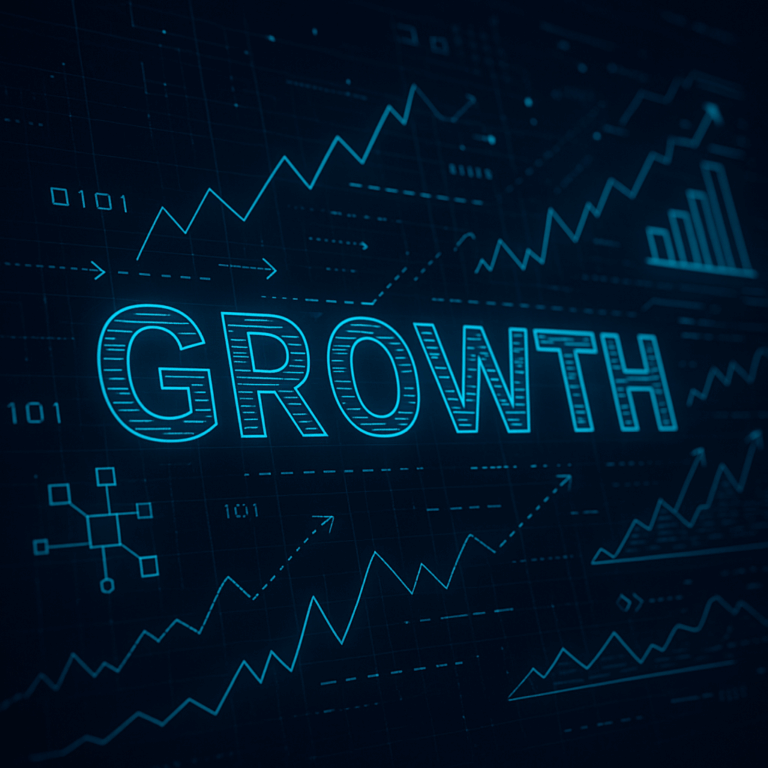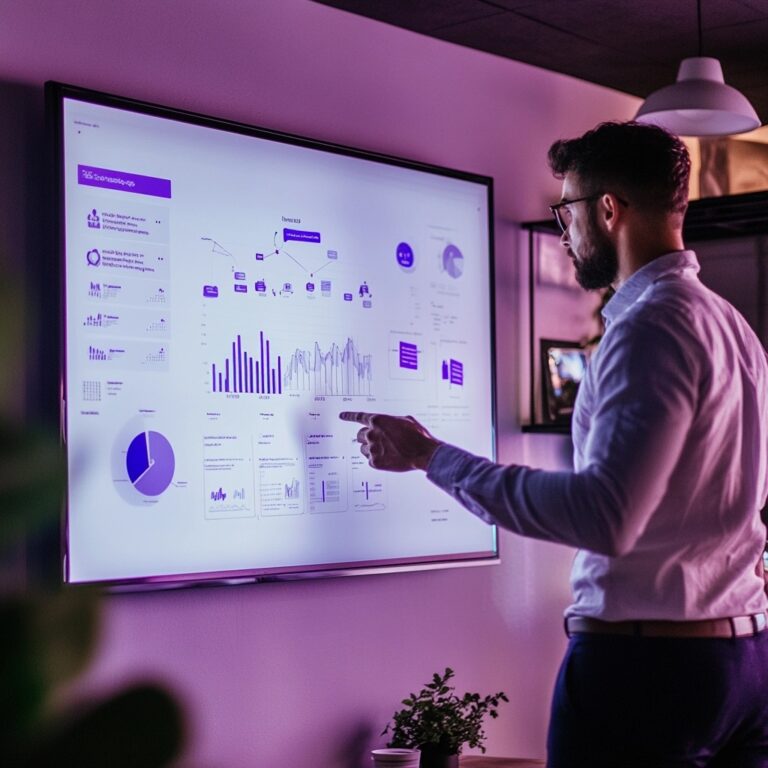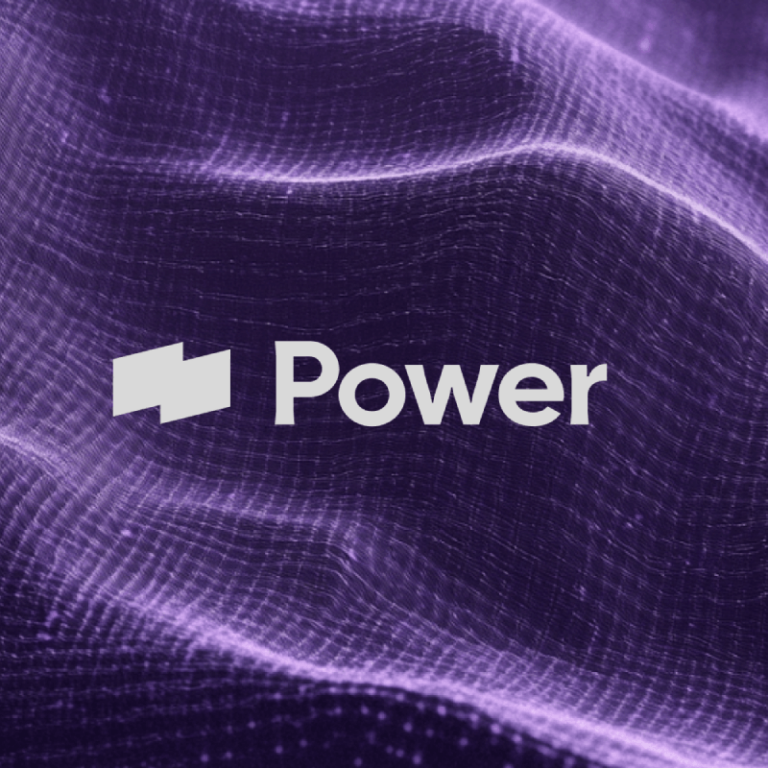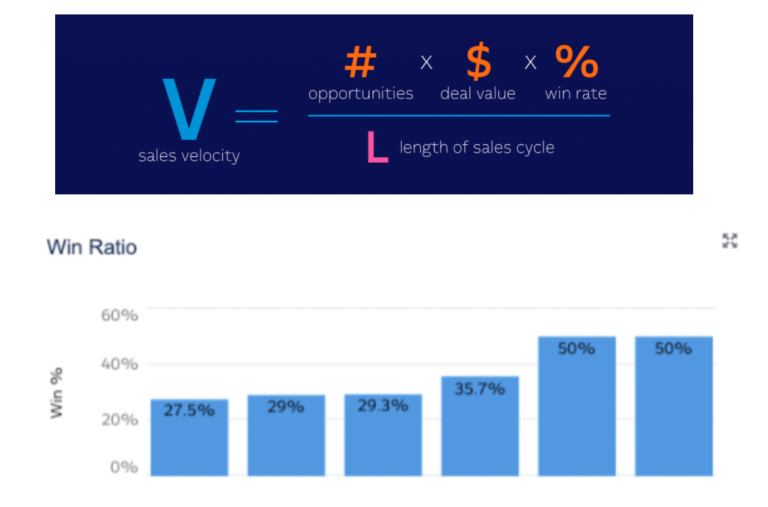The Value of Content Journey Matrix in B2B Marketing

Why Most B2B Content Misses the Mark
Most business-to-business (B2B) content strategies look good on paper but fall apart in execution. Why? Because too many brands treat content as a one-size-fits-all solution, sending the same message across channels and hoping something sticks.
Spoiler alert: It doesn’t work like that.
To deliver the right content at the right time to the right people, B2B brands need a smarter, more structured approach. That’s where a content journey matrix can help fill the gaps. Whether you’re fine-tuning your demand gen strategy, launching an account-based marketing (ABM) campaign, or scaling your business, a content journey matrix ensures your messaging and your content assets align with your audience’s actual buying process – not just your marketing calendar.
What Is a Content Journey Matrix?
Think of a content journey matrix as more than just a content calendar. It’s the strategy that separates aimless content from content that actually makes an impact and drives revenue. This tool details how different audience segments engage with content at the most important moments in the buying journey. It’s about delivering high-impact, targeted content that meets your buyers where they are and, more importantly, speaks to their exact needs.
To build an effective content journey matrix, brands must deeply understand their audience. This involves conducting stakeholder interviews, gathering decision-maker insights, and leveraging survey data to drive a strategy tailored to buyer personas. A robust matrix breaks down the sales funnel at the most granular level, ensuring content resonates with the specific needs uncovered in the research process. With a smart matrix in place, you’re making sure your audience moves from kind of interested to where do I sign?
Why a Content Journey Matrix Matters for B2B Brands
A well-structured content journey isn’t just nice to have. It’s truly what separates high-performing brands from the rest, especially if you’re a B2B brand. Here’s why it’s one of the most essential steps in B2B content strategy:
-
Keeps Content Aligned with Buyer Needs
B2B purchases involve multiple stakeholders, each with unique concerns and priorities. A content journey matrix ensures each decision-maker receives relevant messaging at every stage of the sales cycle.
-
Turns Leads into Engaged Prospects
Since B2B sales cycles are complex and lengthy, helping buyers make informed decisions at every stage is critical. The matrix prevents leads from slipping through the cracks by keeping them informed and interested.
-
Creates Better Sales and Marketing Alignment
Marketing inconsistencies = slower deals.
Sales and marketing teams must align to guide prospects through the funnel. A content journey matrix keeps sales and marketing in sync, making it easier to reinforce value and overcome objections.
-
Powers Personalization and ABM Strategies
For ABM-driven brands, personalized content is everything. A content matrix makes it easier to deliver tailored content experiences for specific accounts and key decision-makers, making outreach efforts more effective.
-
Ensures Content Efforts Are Data-Driven
Without a structured approach, content efforts can become a mess of disconnected assets. A content journey matrix ensures every piece has a purpose, a measurable impact, and a clear role in the buyer’s journey.
How to Build a Content Journey Matrix for Your B2B Brand
Now that we’ve covered the why, let’s get into the how. Creating an effective content journey matrix requires more than just throwing content at each stage and hoping it sticks. It’s about collaboration across marketing, sales, and customer success teams while making every touchpoint work toward a bigger strategy:
- Understand Stakeholders, Decision-Makers, and Their Pain Points – B2B buying decisions aren’t made in a vacuum. Multiple stakeholders, each with their own priorities, are involved. To create content that actually resonates, you need to know who you’re talking to and what keeps them up at night. Talk to your sales team. Dive into customer interviews, send out surveys, and analyze behavioral data. The more you understand their pain points, the better you can position your content as the answer.
- Map Content to Each Buying Stage – Content works best when it meets buyers exactly where they are. Instead of creating generic assets, structure your messaging around the different stages of the buyer’s journey. Early-stage prospects need education and perspective, mid-stage buyers need clarity and validation, and late-stage buyers need confidence to pull the trigger.
- Prioritize High-Impact Content Formats – Not all content is created equal. Some formats drive engagement, while others just take up space. Instead of spreading yourself thin, double down on the types of content that actually move the needle. Look at what’s working, repurpose your best-performing pieces, and invest in content that aligns with how your audience prefers to consume information.
- Optimize Distribution Channels – Even the best content is useless if it doesn’t reach the right audience. Where do your prospects go for information? LinkedIn? Email? Events? Industry forums? The key is to meet them on their turf — not just where it’s most convenient for you. A solid distribution strategy ensures your content is visible, accessible, and positioned where it has the greatest impact.
- Make It Easy for Sales to Use – Your content shouldn’t just live in marketing campaigns — it should be a resource for sales teams to move deals forward. If your sales reps aren’t using your content, it’s likely because they don’t know where to find it or how to use it effectively. Make content easily searchable, package it into sales-friendly formats, and train your team on when and how to use it in conversations. When sales and marketing are aligned, content becomes a revenue driver and not just a marketing asset.
- Measure and Iterate – Content is never a “set it and forget it” game. Track engagement, conversion rates, and how content influences pipeline and revenue. Are prospects dropping off at certain stages? Are sales teams skipping over certain assets? Use data to refine your approach, double down on what’s working, and cut what isn’t pulling its weight. A good content matrix is always evolving, so treat it like a living, breathing strategy, not a static document.
The Five Key Stages of a Content Journey
When done right, a well-structured matrix isn’t just informative – it’s purposeful. It will outline each stage of the buying journey, relevant buying committee members, their pain points, unique value propositions (UVPs), and high-level content topics that align with problem-solution pairs for personalized content delivery.
Here’s how it all breaks down::
-
Awareness Stage (Problem Identification)
This is the “I know something’s off, but I can’t quite put my finger on it” stage. Your buyers aren’t looking for solutions yet – they’re just trying to make sense of their challenges and, quite honestly, might not even be able to pinpoint what’s wrong. Maybe their team is constantly putting out fires, or their competitors seem to be pulling ahead. This is your moment to swoop in with smart, insightful content that makes them say, “Oh, THAT’S what’s happening.”
So how do you reach them? Educate without overwhelming (which is easier said than done). The key? Offer insights that challenge their assumptions, introduce new ways of thinking, and make them stop and say, “Wait, I hadn’t considered that before.” The goal here isn’t to sell but to make them realize they need to start paying attention.
Best content assets for this stage:



-
Consideration Stage (Solution Exploration)
At this point, buyers have admitted they have a problem, and they’re in research mode weighing their choices. But here’s the catch: they’re overwhelmed. Every solution claims to be the answer, and they’re trying to separate the signal from the noise. Your job? Make it easier for them by giving them real, useful insights – not just sales fluff.
Help them by breaking down the real factors that matter. Clarify trade-offs. Set expectations. Show them what success looks like in real terms so they don’t just understand their options but feel confident in evaluating them. If you do this well, they’ll start associating your brand with clarity, trust, expertise, and not just another vendor in the mix. Instead, you’ll be the expert guiding them toward the right questions (and answers).
Best content assets for this stage:



-
Decision Stage (Vendor Selection)
Now that they’re interested, they’re narrowing down options, looping in stakeholders, and trying to make the final call. But let’s be real – this is where the pressure and fear kick in. Is your product worth it? Will implementation be a nightmare? What if their boss hates it? This is where you remove doubt and make their decision ridiculously easy through content that addresses and eases all of their concerns.
So, how do you help? Anticipate objections before they’re even raised. Give them a way to build internal buy-in without doing all the heavy lifting themselves. Show them how this decision fits into their bigger-picture goals (whether that’s growth, efficiency, or competitive advantage.). At this stage, the best thing you can do is make it easy for them to say yes.
Best content assets for this stage:



-
Post-Purchase and Retention (Adoption and Retention)
Congratulations! You closed the deal. But your job isn’t done – because nothing kills a customer relationship quicker than a bad onboarding experience. This is the “Now what?” phase, and if customers feel lost, frustrated, or ignored, they’re already one foot out the door.
Your job is to remove friction. Make onboarding intuitive and help them get small wins early so they feel immediate value. Be proactive in addressing common roadblocks before they even arise. When customers feel supported and see success, they don’t just stick around – they become genuinely invested in your brand.
Best content assets for this stage:



-
Advocacy Stage (Expansion and Evangelism)
Happy customers are your best marketing tool, but only if you give them what they need to advocate for you. At this stage, your best users are ready to share their wins, expand their usage, and refer others. But just because they could doesn’t mean they will.
Create moments worth sharing and give them insider access. Recognize and celebrate their success in ways that make them look good. Make it easy for them to introduce your brand to others whether that’s through recommendations, networking, or internal expansion. If you turn advocacy into something they benefit from, they won’t just refer others – they’ll want to.
Best content assets for this stage:



Final Thoughts: The Difference Between Noise and Impact
Let’s be real — most B2B content gets ignored. But not because the content doesn’t work. It’s because too much of it is misaligned, mistimed, or just…meh.
A content journey matrix fixes that. It’s the difference between content that converts and content that disappears into the void. When done right, it guides prospects seamlessly from awareness to advocacy, ensuring every piece of content has a clear role and measurable impact–a strategy trusted by any digital marketing company.
So before you plan your next blog, webinar, or whitepaper, ask yourself: Does this fit into a strategic buyer journey? If not, it’s time to rethink your approach.
Build a matrix that works, and content becomes more than just a marketing tool. It becomes a true revenue driver.
Our Editorial Standards
Reviewed for Accuracy
Every piece is fact-checked for precision.
Up-to-Date Research
We reflect the latest trends and insights.
Credible References
Backed by trusted industry sources.
Actionable & Insight-Driven
Strategic takeaways for real results.















